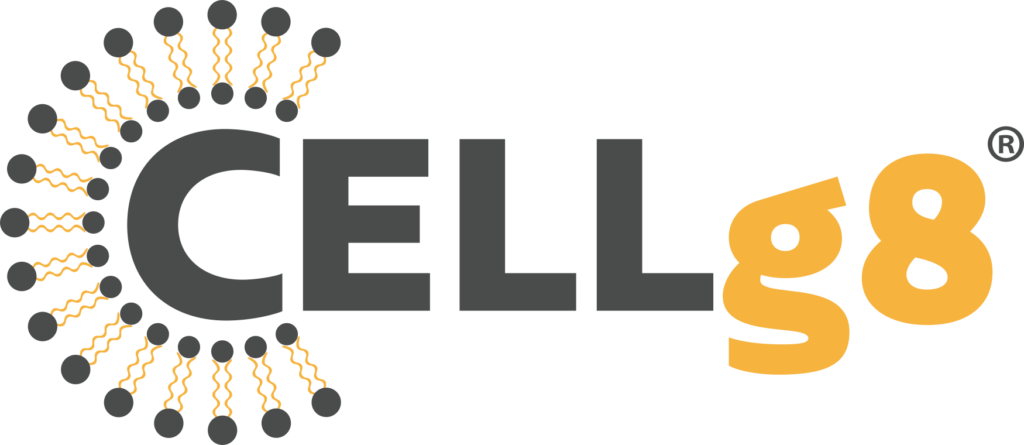Glutathione (GSH) is an essential component of the antioxidant system in the brain. It is a tripeptide composed of glutamate, cysteine, and glycine, and functions as a cofactor for various enzymes involved in detoxification, redox regulation, and protein folding. The brain has a high demand for GSH due to its high metabolic activity and vulnerability to oxidative stress, which can lead to neurodegeneration and cognitive decline. In this blog post, we will explore how the brain uses glutathione to protect itself from oxidative damage and maintain its function.
GSH synthesis and metabolism in the brain
The brain has the capacity to synthesize GSH de novo from the precursors cysteine, glutamate, and glycine, as well as recycle GSH through the glutathione reductase (GR) and glutathione peroxidase (GPx) systems. The rate-limiting step in GSH synthesis is the availability of cysteine, which is transported into the brain from the blood via the cystine/glutamate antiporter system xc-. This system is highly expressed in astrocytes, the main GSH synthesizing cells in the brain, and is regulated by various factors, including oxidative stress and inflammatory cytokines
Once synthesized, GSH can be metabolized by various enzymes, including glutathione S-transferases (GSTs), which conjugate GSH with xenobiotics and endogenous electrophiles for elimination, and gamma-glutamyl transpeptidase (GGT), which cleaves GSH into its constituent amino acids and generates extracellular glutamate, a major neurotransmitter in the brain. GSH can also be oxidized to its disulfide form (GSSG) by reactive oxygen species (ROS) and other electrophiles, which can be reduced back to GSH by GR using NADPH as a reducing agent.
GSH as part of the antioxidant system in the brain
One of the major functions of GSH in the brain is its role as part of the antioxidant system. The brain is particularly susceptible to oxidative stress due to its high oxygen consumption, lipid content, and relatively low levels of antioxidant enzymes compared to other tissues. The antioxidant system in the brain consists of several enzymes and molecules, including superoxide dismutase, catalase, GPx, and GSH. These components work together to neutralize ROS and RNS, donating electrons to neutralize these species and preventing their propagation. GSH acts as a direct scavenger of ROS and RNS and as a cofactor for GPx, which catalyzes the reduction of hydrogen peroxide and organic hydroperoxides to water and alcohols, respectively. GPx is highly expressed in neurons and astrocytes and is critical for protecting the brain against oxidative damage.
GSH as a redox regulator in the brain
In addition to its role in the antioxidant system, GSH also plays a critical role in regulating cellular redox status. GSH levels and the GSH/GSSG ratio are important indicators of oxidative stress and redox balance, with decreased GSH levels and increased GSSG levels being associated with neurological aging. GSH can modulate the activity of various redox-sensitive signaling pathways, including the nuclear factor erythroid 2-related factor 2 (Nrf2) pathway, which regulates the expression of antioxidant and detoxification genes, and the mitogen-activated protein kinase (MAPK) pathway, which regulates cell proliferation, differentiation, and apoptosis. GSH can also modulate the activity of ion channels, transporters, and enzymes, including glutamate transporters, voltage-gated ion channels, and nitric oxide synthase, through redox-sensitive mechanisms.
Life implications
Given its critical role in protecting the brain against oxidative stress and regulating redox balance, alterations in GSH metabolism and function have been implicated in various neurological aging issues [5]. Decreased GSH levels and impaired GSH synthesis and recycling have been observed in aging, suggesting a potential therapeutic target for restoring redox balance and mitigating oxidative damage. Indeed, several studies have investigated the use of GSH precursors and GSH-enhancing agents, such as N-acetylcysteine and alpha-lipoic acid, in the treatment of neural aging.
In summary, glutathione is an essential component of the antioxidant system in the brain, acting as a direct scavenger of ROS and RNS and as a cofactor for GPx. It also plays a critical role in regulating redox balance and modulating cellular signaling pathways. Alterations in GSH metabolism and function have been implicated in various neurological aging while restoring redox balance and mitigating oxidative damage. Further research is needed to elucidate the precise mechanisms by which GSH protects the brain and encourage effective GSH-based supplementation.
References
- Dringen R. Metabolism and functions of glutathione in brain. Prog Neurobiol. 2000;62(6):649-671. doi:10.1016/s0301-0082(99)
00060-x - Dringen R, Gutterer JM, Hirrlinger J. Glutathione metabolism in brain: metabolic interaction between astrocytes and neurons in the defense against oxidative stress. Eur J Biochem. 2000;267(16):4912-4916. doi:10.1046/j.1432-1327.2000.
01599.x - Dringen R. Glutathione peroxidase and redox-regulation of neuronal cell death. Neurochem Int. 2000;37(2-3):133-142. doi:10.1016/s0197-0186(00)
00012-4 - Franco R, Cidlowski JA. Apoptosis and glutathione: beyond an antioxidant. Cell Death Differ. 2009;16(10):1303-1314. doi:10.1038/cdd.2009.107
- Sian J, Dexter DT, Lees AJ, et al. Alterations in glutathione levels in Parkinson’s disease and other neurodegenerative disorders affecting basal ganglia. Ann Neurol. 1994;36(3):348-355. doi:10.1002/ana.410360305
- Pocernich CB, Butterfield DA. Elevation of glutathione as a therapeutic strategy in Alzheimer disease. Biochim Biophys Acta. 2012;1822(5):625-630. doi:10.1016/j.bbadis.2011.10.
005







